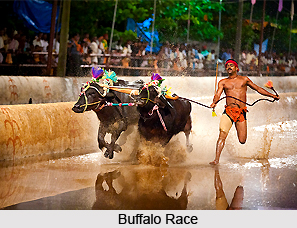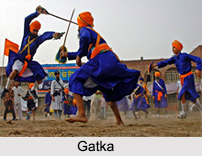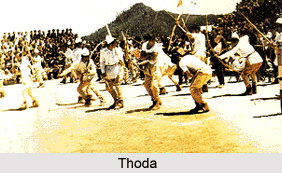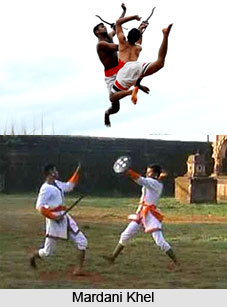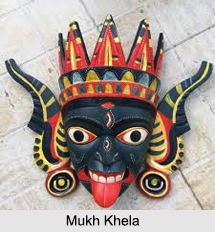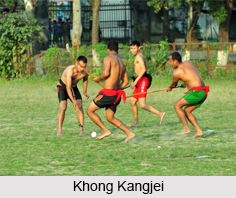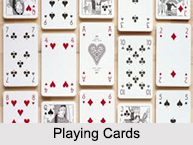 Playing card in India is a popular sport. The history of playing cards dates back to 9th century China after the invention of paper although the exact origin is still not clear. According to some scholars its origin can be traced to the Middle East. Playing Cards came into India from Persia also. It is also known as "Ganjifa" Playing Cards was not known when the game arrived from Persia. They may have been acquired through trade in the Silk Road or brought by the Mongol conquerors in the 13th century.
Playing card in India is a popular sport. The history of playing cards dates back to 9th century China after the invention of paper although the exact origin is still not clear. According to some scholars its origin can be traced to the Middle East. Playing Cards came into India from Persia also. It is also known as "Ganjifa" Playing Cards was not known when the game arrived from Persia. They may have been acquired through trade in the Silk Road or brought by the Mongol conquerors in the 13th century.
Ganjifa and Playing Cards
Persian cards, known as "Ganjafa", have eight suits. The Mughal conquerors brought these cards to India in the early 16th century where they are called "Ganjifa". In India, current packs used for play have eight, ten, or twelve suits though as many as 32 suits once existed. The Indians also converted the original rectangular cards to circular ones.
A card game is played by using playing cards which can be a piece of specifically designed heavy paper or thin card, decorated with particular motifs.
Origin of Playing Cards
The Indian origin of playing cards is traced from the resemblance of symbols on some early European cards like ring, sword, cup and baton depicted in the four hands of Indian statues. There is also conventional saying that the cards are being played in India since time immemorial and the Brahmins invented them. According to some historians, playing card in India was derived from the game chess.
The earlier days playing cards had a similarity to our modern cards. There were total 52 cards of four suits, which had swords, cups, coins and polo-sticks. It also had numerics from one to ten. It is near about in 1480, the modern day cards of spades, hearts, diamonds and clubs appeared first.
Types of Playing Cards
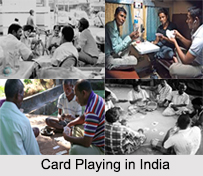 There are different card games played in India. The games, which are played with standard pack, are Twenty-nine, twenty- eight, fifty-six, literature, sip, rummy and teen pathi.
There are different card games played in India. The games, which are played with standard pack, are Twenty-nine, twenty- eight, fifty-six, literature, sip, rummy and teen pathi.
Twenty Nine
Twenty nine is a card game played in India by 4 persons with a 32 card pack. In Kerala, there are two games named twenty-eight and fifty six are played using a double pack of 2 X 24 cards. This game is similar to twenty nine.
Another sophisticated game of the Quartet family is literature which is played in Tamil Nadu and Kerala.
Teen Pathi
Teen Pathi is gambling game which is same as the British game, three card brag. The traditional circular ganjifa cards in India are used in the plain-trick games like hamrang and ekrang and in naqsh, a gambling game which can be played with standard cards also.
The size of the playing cards in India is generally palm sized for easy handling. The cards were being manufactured from plastic sometimes since the mid 20th century. There are large numbers of card games in India. Some of these card games in India have standard rules but again it varies by region, culture and person.
Apart from playing cards, these are often used in magic tricks, cartomancy, encryption or to build house of cards.
Structure of Playing Cards in India
The back of all cards of a certain deck is of same colour and design but the front of each card has markings that separate it from others. Before the game starts, the cards are gathered into a deck and it is randomised by shuffling.
In India, wherever the card games bridge and poker are played, the English playing cards are used. Ace card Company in Delhi supplies playing cards all over India. Asha Industries is another card manufacturing company in India, supplies card according to the buyer`s requirements.
Playing cards in India is a very old tradition but still playing the game is not seen as a very good symbol in various parts of the country. The main reason is its association with gambling often. However, the game is still popular in every nook and corner of the country.
